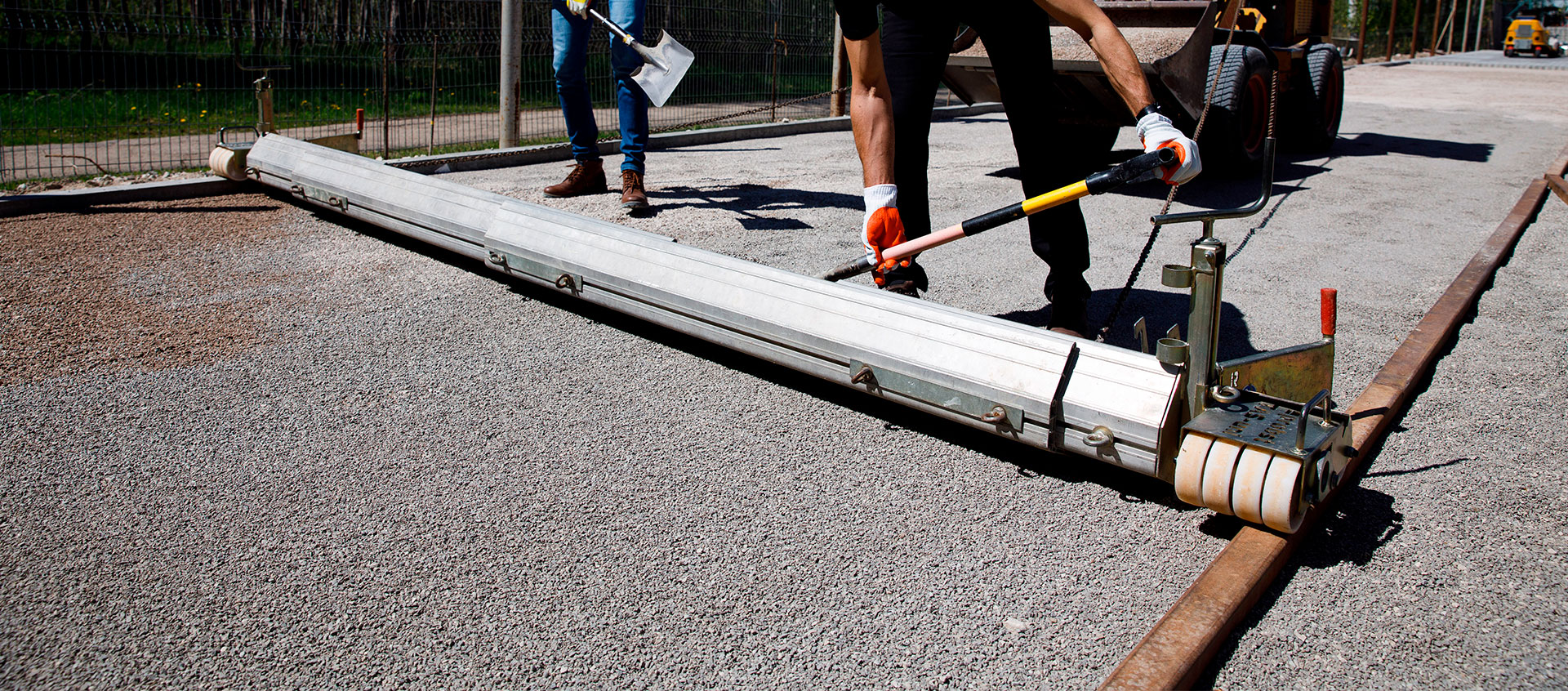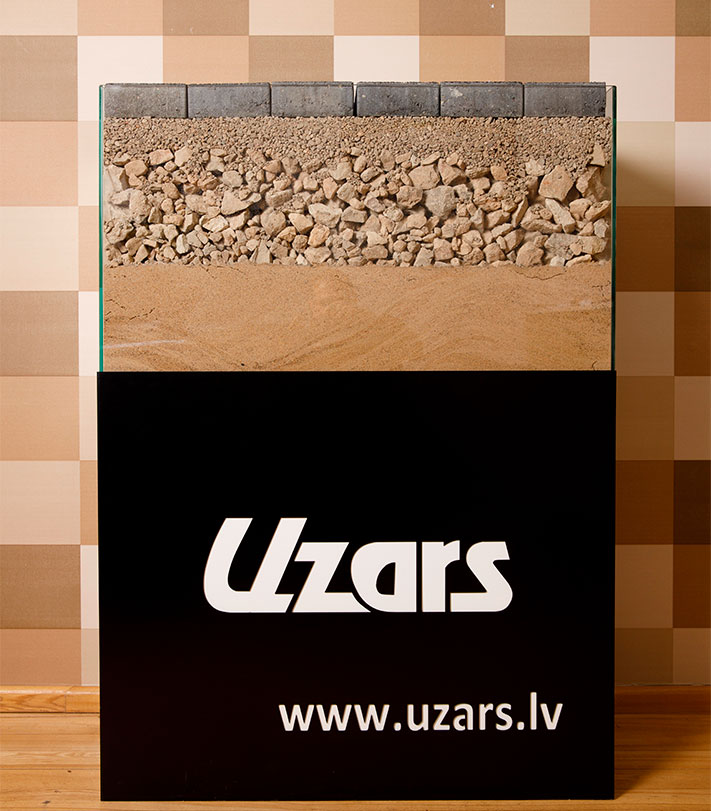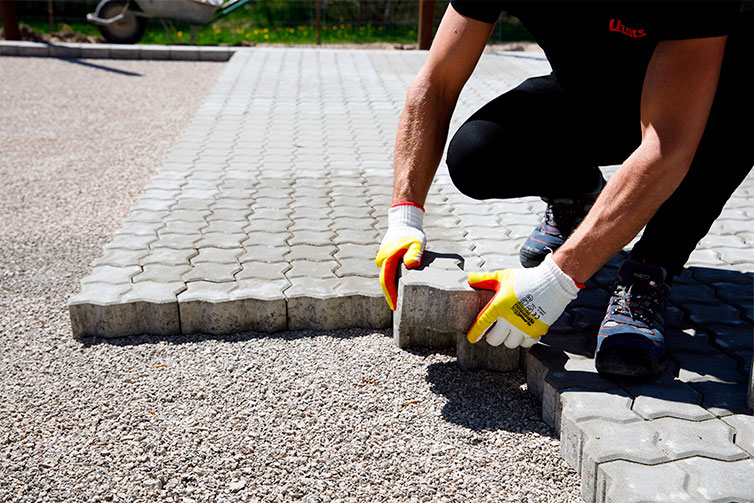

Paving
Paving is an excellent choice because paving is not only visually appealing and fits perfectly into the overall landscape, it is also durable and environmentally and health-friendly. It does not release harmful substances when heated by the sun.
Although paving is a centuries-old technique, today it has evolved and improved in terms of the richness of colors, the variety of paving stone shapes and the versatility of the paving pattern itself. And nowadays, pavements are laid in such a way that they do not feel uneven and vibrate when you move on them.
Pavement process
By the time we get to paving, a number of measurements, calculations and ground preparation works have to be carried out. That’s why, in order to be able to offer our customers accurate paving costs, we always visit the site to assess the planned paving surface and carry out what we call a “shovel test”. By listening to our clients’ needs and wishes, we offer the most appropriate solution for the specific situation. And often, when we are on site with the client, we come up with new ideas and solutions on the best type of paving and laying technique. The paving process consists of four basic steps, which also determine the total cost depending on the variables.
CONTACT US1. Subsoil preparation
The first step is always to assess the composition of the soil - how thick is the layer of unusable soil, which must be removed and replaced with a suitable soil - sand. This stage is crucial to prevent the pavement from settling later.
2. Determining and establishing the thickness of the crushed stone layer
After the preparation of a suitable soil - sand sub-base, a layer of crushed stone is laid. Its thickness and fraction depend on the load the pavement is intended to carry - whether it will be used only by pedestrians, cars or heavy goods vehicles. There are often cases, for example, when a lorry drives onto a paved footpath and the pavement sinks in, so it is important to anticipate these situations in advance.
3. Layer of fine crushed stone
It is a levelling layer about 4 cm thick that creates a level base for paving and makes the pavement more stable and durable, while also protecting against ants that like to loosen the lower layers of the pavement.
4. Paving
The paving itself is the final phase, where the paving stones are laid, then sand is washed in between them and compacted at the very end to smooth and consolidate the surface.
CONTACT USSELECTION OF PAVING STONE
We work with quality paving stone manufacturers that have been proven themselves over many years of cooperation. We will recommend the most suitable solution, taking into account your needs.
There are different types of paving – in terms of color, shape and thickness. If the choice of color and shape is determined by visual preference, the choice of paving stone thickness should take into account the planned traffic load.
PAVING COSTS
The cost of paving services depends on a number of variables listed above, so the prices below are approximate.


